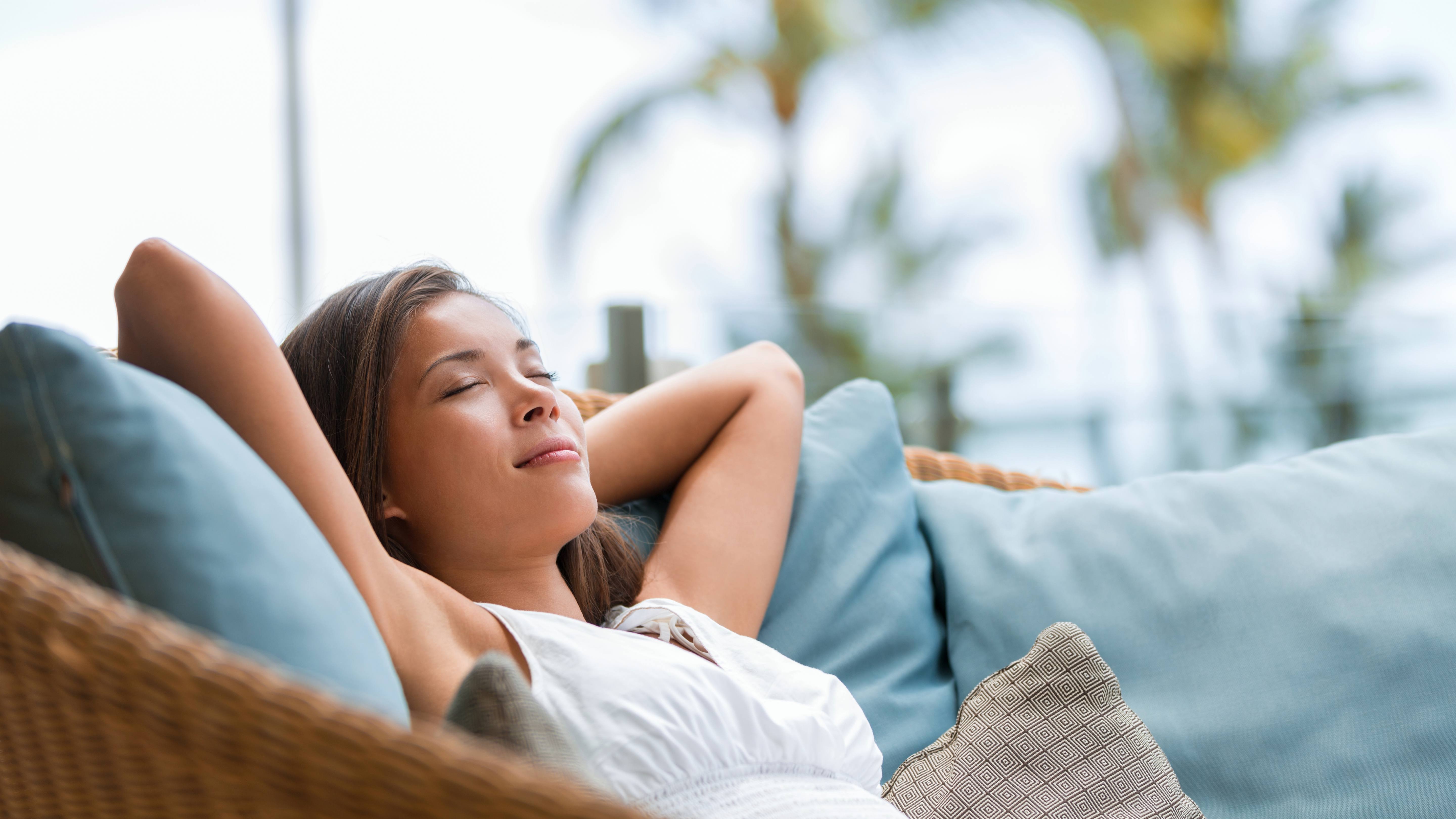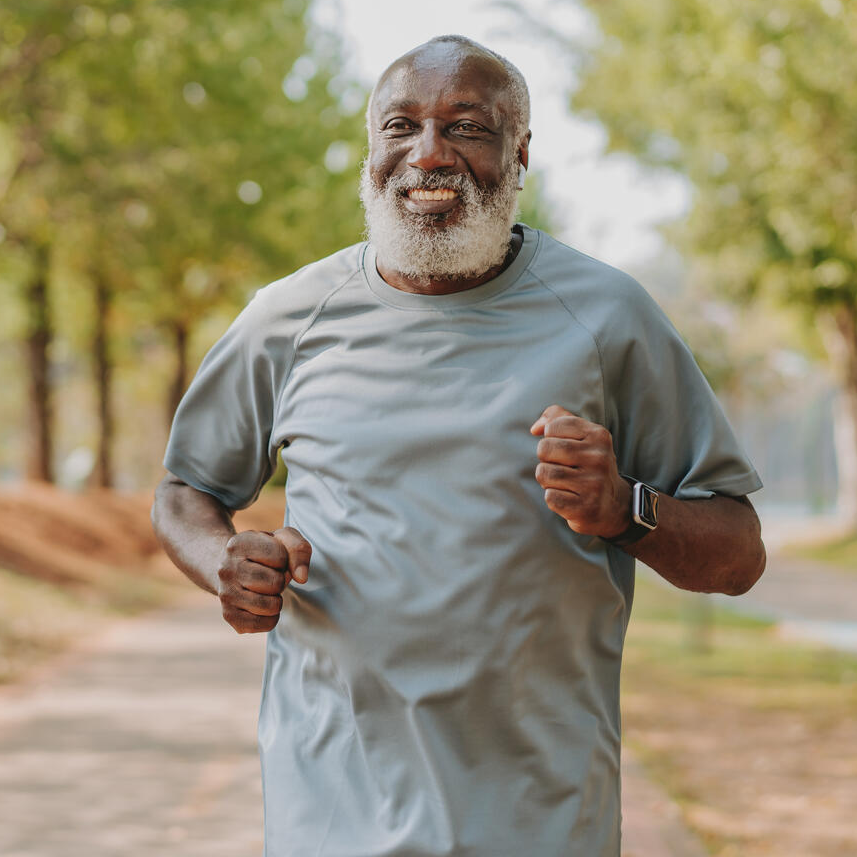-
How to get the most out of napping
 While closing your eyes for a few minutes during your busy day may seem like a good idea, it’s important to consider the effects napping may bring.
While closing your eyes for a few minutes during your busy day may seem like a good idea, it’s important to consider the effects napping may bring.
“The time of day and length of time you nap can provide benefits or create problems,” says Dr. Tiffany Casper, a Mayo Clinic Health System family physician. “Knowing when to nap and providing yourself with a suitable environment to nap will produce the greatest benefits.”
Consider why you’re napping
Before lying down to take your daily nap, you may want to think about the reason you began taking these naps. If you’ve been working the night shift or are a new mother, you probably have reason to be closing your eyes for a while. On the other hand, if you’ve recently felt a nap is essential to your daily functioning, you may have a bigger problem on your hands.
“Talking to your doctor is the best way to find out why you’re experiencing an increase in fatigue,” says Dr. Casper. “The reasons for your exhaustion could be anything from having a sleep disorder or sleep apnea to a side effect from a new medication.”
Drawbacks to napping
Two drawbacks of napping include:
- Sleep inertia
Sleep inertia can involve waking up feeling groggy and disoriented after taking a nap. This can become a problem if you have places to be or tasks to complete after you wake up from your nap.
- Nighttime sleep problems
Problems can arise if your naps are too long or too close to bedtime. Try not to nap if you experience insomnia or poor sleep quality at night, as napping may worsen these problems. Short naps are the best when trying to avoid interference with nighttime sleep.
Benefits of napping
According to Dr. Casper, taking naps can provide many benefits to your health, such as:
- Improved mood
- Improved performance, including quicker reaction time and better memory
- Increased alertness
- Reduced fatigue
- Enhanced relaxation
When to nap
Did you know there are certain times when a nap may be more beneficial to your health? Dr. Casper suggests taking a nap:
- If you’re experiencing new fatigue (Monitor symptoms to avoid a serious health concern.)
- If you’re about to experience sleep loss
- If you want to make naps a part of your daily routine (Having a planned time of day and length of time will help keep your schedule on track.)
Best way to nap
Dr. Casper offers a number of tricks to make your naps more effective:
- Set aside an allotted amount of time.
If you wake up feeling groggy after a nap, you’re probably sleeping too long. Between 15 and 30 minutes is the ideal length for a nap.
- Plan to take naps in the afternoon.
Since the afternoon is the time of day you are likely to experience a lower level of alertness or sleepiness following lunch, around 2 or 3 p.m. is the optimal time to nap. You’re also more likely to avoid interference with nighttime sleep if you nap around this time. However, some people may adjust their napping time to fit a unique work or school schedule.
- Create a tranquil environment.
Some people struggle to sleep during the day, but there are actions you can take to help you become more relaxed. Eliminate distractions when napping, and do so in a quiet space with minimal light to improve your naps. Adjusting the room temperature to what is comfortable for you also can make your space more comfortable.
- Give yourself time to wake up.
Allowing yourself enough time to wake up before resuming activities after your nap is important, as you may feel groggy or less alert.







